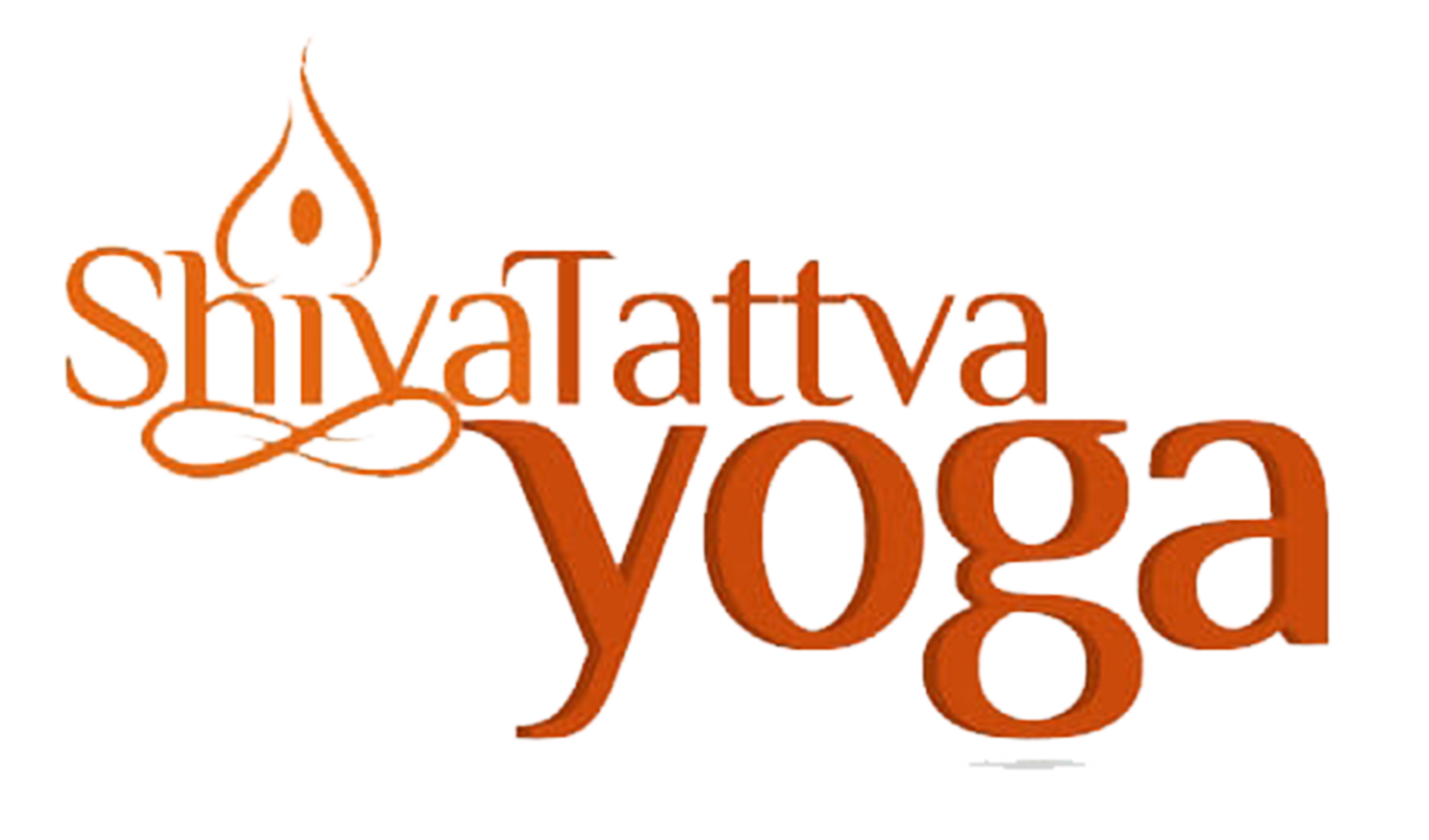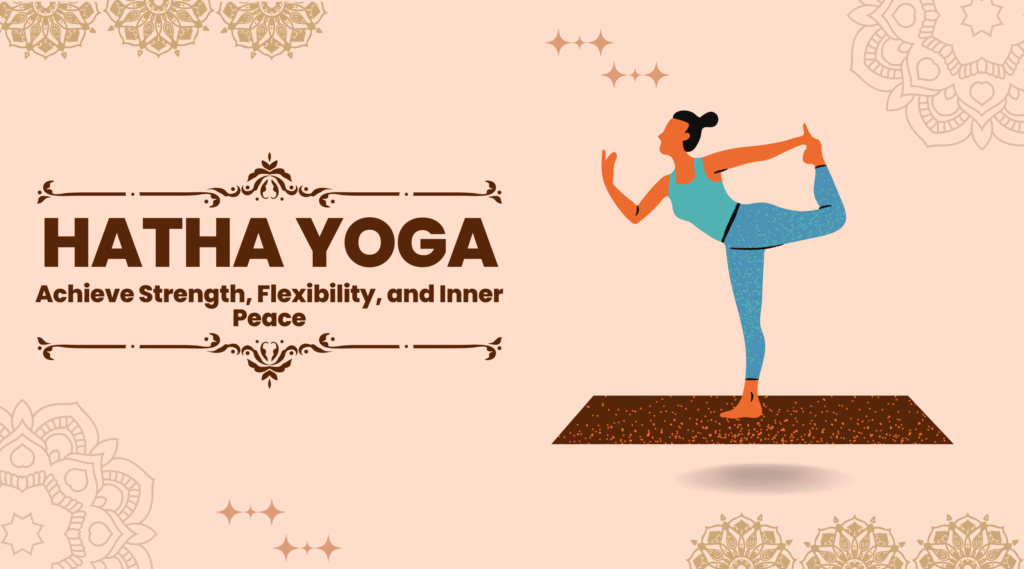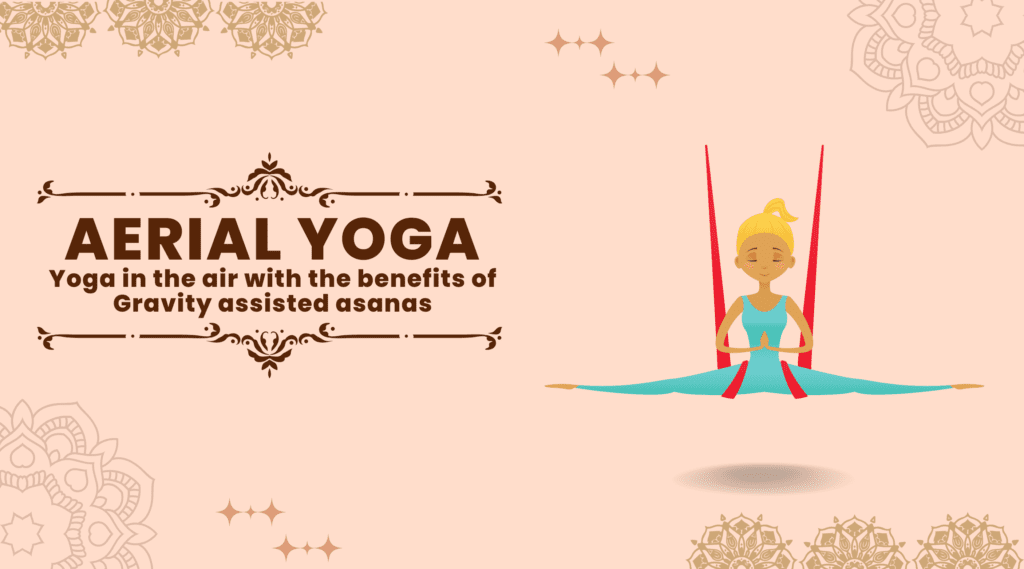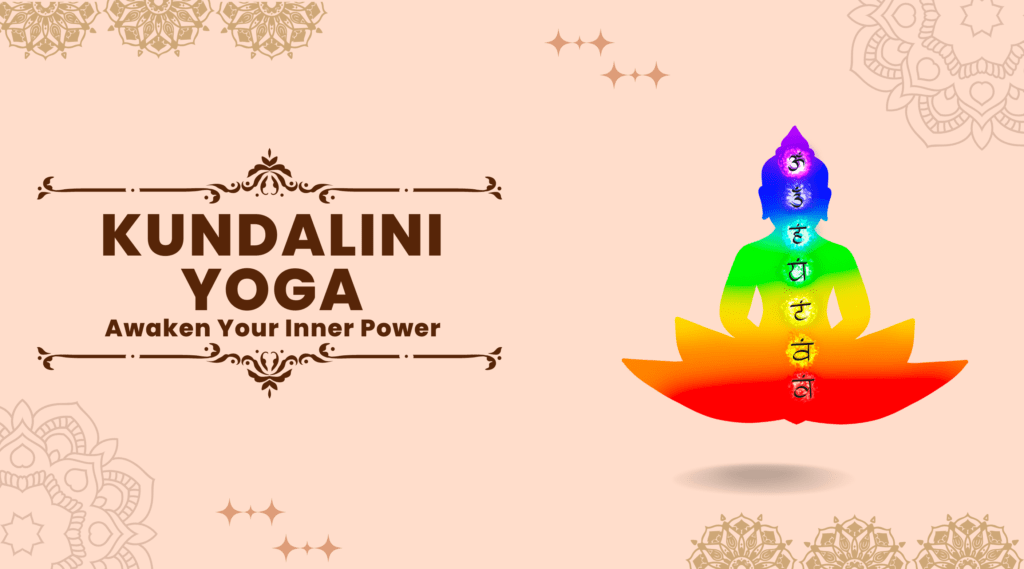Couples Yoga: Strengthening Physical and Emotional Bonding Through Shared Practice
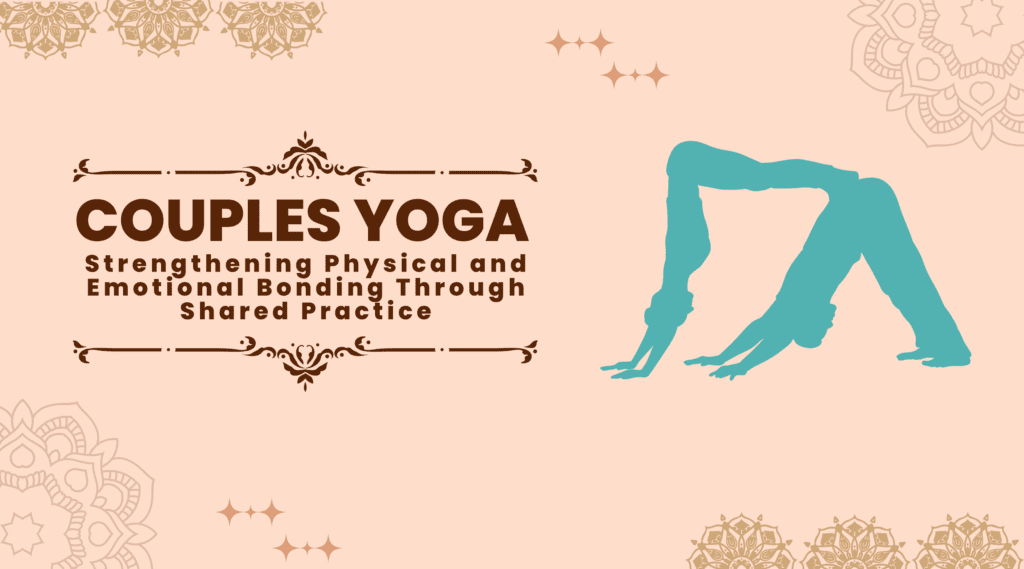
Introduction
In a world where modern lifestyles often leave little room for quality time and genuine connection, couples are constantly seeking new ways to strengthen their bonds and create meaningful experiences together. One practice that has gained significant popularity in recent years is couples yoga. This form of yoga is not only a physical practice, but it also incorporates elements of mindfulness, communication, and trust-building.
This yoga practice involves two people practising yoga poses together. Practitioners often use each other’s body weight to deepen the stretch or balance in certain poses. It is also termed as Partner yoga or Partners yoga. It is also a wonderful way to bond with a partner, deepen your connection, and explore new levels of intimacy in your relationship.
The practice involves physical touch, eye contact, and mutual support. It combines the physical benefits of yoga with the intimacy of partner work. This partner yoga offers a unique opportunity for pairs to deepen their connections, foster trust, as well as enhance their overall well-being.
Beyond the traditional image of solo practitioners on their mats, couples yoga introduces a beautiful dynamic on the mat. In here, partners support, stretch, as well as balance one another, both physically and emotionally. It is a shared journey that not only nourishes the body but also cultivates harmony and understanding within the relationship.
Suggested: Best Yoga Retreats And Yoga Teacher Training In Rishikesh
History of couples yoga
Yoga has been practised in India for over 5,000 years, and it was originally developed as a way to connect the mind, body, and spirit. Now there are several styles of practising yoga. One of them is Couple yoga or Partner yoga, the idea of partners yoga or practising yoga with a partner is not a new concept. While yoga was initially practised by individuals, many traditional yoga poses involve two people working together to achieve the desired pose.
However, the modern practice of couples yoga as we know it today started emerging in the 20th century. In the 1960s and 1970s, the concept of partner yoga gained popularity in the United States as part of the broader counterculture movement.
One of the pioneers of modern couples yoga was Walt Baptiste, who founded the Baptiste Power Yoga Institute in San Francisco in the 1960s. He developed a style of partner yoga that incorporated acrobatic and gymnastic movements, which became popular as “AcroYoga.”
Then in the 1980s and 1990s, more yoga teachers started exploring the concept of partner yoga, and couples yoga started to gain popularity as a way for couples to connect and deepen their relationships. This led to the development of new styles of partner yoga, such as Thai massage yoga and restorative partner yoga.
Today, couples yoga has become a popular practice in many yoga studios and wellness centres around the world. While the physical practice of couples yoga is still an important part of the practice, many teachers also emphasise the importance of mindfulness, communication, and trust-building as key elements of the practice.
Benefits of Couples Yoga
Couples Yoga is quite beneficial in many aspects. There are multiple important benefits such as:
- Improved communication
Practice of couples yoga involves a lot of communication, as partners need to coordinate their movements and work together to achieve the desired pose. This improves communication and fosters a greater sense of connection between partners.
- Increased trust
Couples yoga requires a high level of trust between partners, especially when practising more advanced poses. The practice of the partners yoga can help build trust and strengthen the bond between partners.
- Enhanced intimacy
The physical contact involved in couples yoga can increase feelings of intimacy and closeness between partners as well as practising yoga together can be a fun and playful way to connect with your partner.
- Improved physical health
Practising yoga together improves physical health, as it increases flexibility, strength, and balance. Couples can support each other in achieving more challenging poses, which can improve overall physical fitness.
- Reduced stress
Yoga is known for its stress-reducing benefits, and practising with a partner can amplify these benefits. Couples can use yoga as a way to relax and unwind together, which reduces stress and improves overall well-being.
Types of Couples Yoga
There are many different types of couples yoga, each with its own unique benefits and challenges, for example:
1. Acro Yoga – Acro Yoga is a type of partner yoga that combines acrobatics and yoga poses. It involves one partner (the base) supporting the other partner (the flyer) in various poses. Acro Yoga can be challenging, but it is a fun and playful way to connect with your partner.
2. Partner yoga – Partner yoga involves two people practising yoga poses together, They use each other’s body weight to deepen the stretch or balance in certain poses. Partner yoga can be a great way to improve communication and trust between partners.
3. Thai massage yoga – Thai massage yoga involves one partner performing massage techniques on the other partner while they are in various yoga poses. This type of couples yoga can be a great way to relax and unwind together.
4. Restorative yoga – Restorative yoga involves gentle and supported poses that are held for an extended period of time. This type of couples yoga can be a great way to relax and connect with your partner in a calming, meditative setting.
Couple yoga pose
There are a number of partner yoga pose. We have mentioned some of the best poses of couples yoga as under:
1. Seated Cat-Cow Pose
Sit facing your partner, cross your legs and place your hands on each other’s knees. Inhale and arch your back, while your partner exhales and rounds their spine. Then, switch positions.
2. Double Downward Dog Pose
Stand facing each other, a few feet apart. Take a few steps back, place your hands on the floor and walk your feet towards your partner’s feet. Both partners should now be in a Downward Dog pose while keeping their feet touching.
3. Partner Forward Fold
Stand facing your partner and hold onto their forearms. On an exhale, fold forward together, while keeping your arms straight and your back flat. Stay in the pose for some time and then release.
4. Double Plank Pose
For getting into the pose, the stronger partner or the taller one should get into the plank position. Now the other partner folds forward from the standing position towards the ankles of the first partner and grabs his ankles. Now keeping the core engaged and arms in a straight position, put one foot onto the shoulder of the other partner. If it seems stable, put the other foot on the second shoulder of the partner. Stay in this pose for some time and then release the pose.
5. Partner Boat Pose
Sit facing your partner with your knees bent and your feet on the floor. Hold onto each other’s wrists and lift your feet off the floor. Keep your legs straight and stay in the pose for a few moments.
6. Double Warrior Pose
Stand facing each other with your feet about 3-4 feet apart. Take a big step forward with your right foot and bend your knee into a lunge. Your partner should do the same with their left foot. Stay in this position for a few moments and then do the same on the other side.
7. Partner Wheel Pose (Dwi Chakrasana)
Sit facing each other with your feet touching. Place your hands on your partner’s shoulders and lean back, while lifting your feet off the floor. Your partner should do the same, and you should be back to back in a wheel pose.
8. Double Tree Pose (Dwi Vrikshasana)
Stand facing each other and bring the sole of your right foot to rest on your left thigh. Your partner should do the same with their left foot. Bring your hands to your heart and balance in Tree Pose.
9. Seated Twist Pose
Sit facing each other with your legs crossed. Take your left hand to your partner’s right knee and twist to the right, while placing your right hand on the floor behind you. Your partner should also do the same on the opposite side.
10. Double Camel Pose (Dwi Ustrasana)
Kneel facing each other and place your hands on your partner’s hips. Lean back and lift your chest, keeping your gaze forward. Stay in this pose for some time and then release the pose.
11. Partner Shoulder Stand Pose (Dwi Pada Sarvangasana)
Lay down on the ground on your back while keeping your feet touching your partner’s feet. Lift your legs up towards the ceiling and have your partner place their hands on your hips. Lift your hips off the floor and come into a shoulder stand, while keeping your feet resting against your partner.
12. Double Pigeon Pose (Dwi Pada Rajakapotasana)
Sit facing each other and cross your right leg over your left thigh while bringing your ankle to rest on your opposite knee. Your partner should also do the same. Fold forward and hold the pose for a few breaths, then switch legs.
Tips for Practising Couples Yoga
1. Start with the basics – If you’re new to yoga, it’s important to start with basic poses and gradually work your way up to more challenging poses. This will help prevent injuries as well as build a solid foundation for your practice.
2. Communicate openly – Communication is key when practising couples yoga. Be sure to communicate your needs, boundaries, and limitations with your partner throughout your practice.
3. Use props – Props can be helpful when practising couples yoga, especially if you’re working on more advanced poses. Blocks, straps, and blankets can all be used to support your practice and help you achieve deeper stretches.
4. Be patient – Couples yoga can be challenging, especially if you’re new to yoga or trying more advanced poses. Be patient with yourself and your partner, and don’t be afraid to take breaks or modify poses as needed.
5. Have fun – Couples yoga should be a fun and playful way to connect with your partner. So don’t take it too seriously, and enjoy the fun while practising.
Conclusion
Whether you are a beginner or an experienced yogi, couples yoga is a fun way to bond with your partner and enjoy the benefits of yoga. It is even more than just a physical practice. It’s an invitation to explore the depths of connection and intimacy with your partner.
Throughout this blog post, we’ve discovered the numerous benefits that partner yoga offers, from increased trust and communication to improved physical strength and flexibility.
By engaging in shared poses, supporting each other’s growth, as well as surrendering to the present moment together, couples can create a profound bond that extends far beyond the yoga mat.
While you and your partner embark on your couples yoga journey, remember that it’s not about achieving perfect poses or competing with each other. Rather, it’s about being fully present, supporting one another, and celebrating the beauty of your unique connection.
So, take each other’s hands, breathe deeply, and step onto the mat together. Embrace the journey, embrace the practice, and embrace the profound love that flows between you and your partner.
You Can Also Read:
